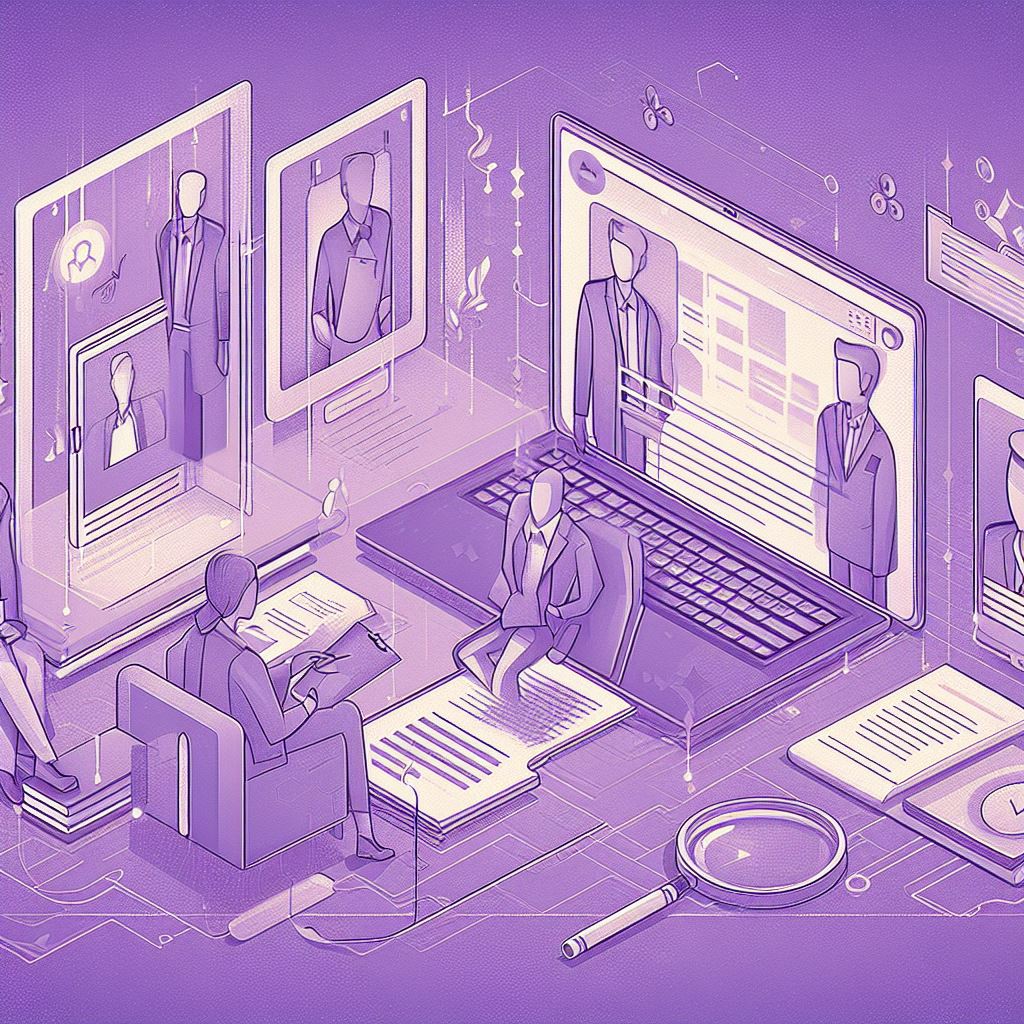Employee Satisfaction: The Positive Impact of Flexible Work Arrangements
In an age where work-life balance is increasingly valued, employee satisfaction has become a critical factor for businesses. A key element influencing this satisfaction is the flexibility of work arrangements. This blog post explores how offering flexible work options can significantly enhance employee satisfaction and overall workplace morale.
Employee Satisfaction and Flexible Scheduling
Flexible scheduling is a cornerstone of modern employment practices. It allows employees to tailor their work hours to fit personal commitments, reducing stress and improving work-life balance. This flexibility leads to increased job satisfaction, as employees feel more in control of their lives and valued by their employer.
A Future Forum Pulse survey revealed that 56% of desk workers lack control over their schedule flexibility, a privilege often reserved for C-suite executives and senior staff. While 75% of senior executives experience minimal schedule constraints, only 41% of nonexecutive employees have similar schedule control.
Remote Work: A Boon for Employee Satisfaction
The rise of remote work has been a game-changer for employee satisfaction. The freedom to work from anywhere not only saves time on commuting but also provides a comfortable and personalized work environment. This autonomy greatly contributes to employees feeling more satisfied and engaged with their work.
Employee Satisfaction: Customizing Work Environments
Another aspect of flexible work arrangements is the ability to customize one’s work environment. Whether it’s choosing a quiet home office or a bustling co-working space, employees can select settings that best suit their productivity styles. This level of personalization is key to enhancing job satisfaction.

Balancing Flexibility and Structure for Employee Satisfaction
While flexibility is important, maintaining some structure is essential for optimal employee satisfaction. Regular check-ins and scheduled meetings can help ensure that flexibility doesn’t turn into isolation. Balancing autonomy with a sense of belonging in the team is crucial for maintaining high levels of satisfaction.
The Role of Technology in Enhancing Satisfaction
Advancements in technology have played a pivotal role in facilitating flexible work arrangements. Tools like video conferencing, cloud-based collaboration platforms, and project management software make it easier for teams to work efficiently from various locations, significantly boosting employee satisfaction.
Employee Satisfaction: Overcoming Challenges of Flexible Work
Flexibility comes with its own set of challenges, such as maintaining productivity and ensuring effective communication. Addressing these challenges head-on is crucial for preserving employee satisfaction. Providing training on time management and communication tools can help employees adapt to and thrive in a flexible work environment.
Gauging Satisfaction in Flexible Work Settings
Measuring employee satisfaction in a flexible work environment is key to understanding its effectiveness. Regular surveys and feedback sessions can provide valuable insights into how these arrangements are impacting satisfaction levels and what improvements can be made.
Conclusion: Embracing Flexibility for Greater Employee Satisfaction
In conclusion, flexible work arrangements play a significant role in enhancing employee satisfaction. By allowing employees to balance their professional and personal lives better, companies can foster a more motivated, productive, and happy workforce. As the work world continues to evolve, embracing flexibility will be increasingly important in maintaining high levels of employee satisfaction.
To discover how mindfulness and a focus on mental health can significantly enhance employee satisfaction, I invite you to delve into our insightful post: “Employee Satisfaction: Fostering It Through Mindfulness and Mental Health Focus.“









